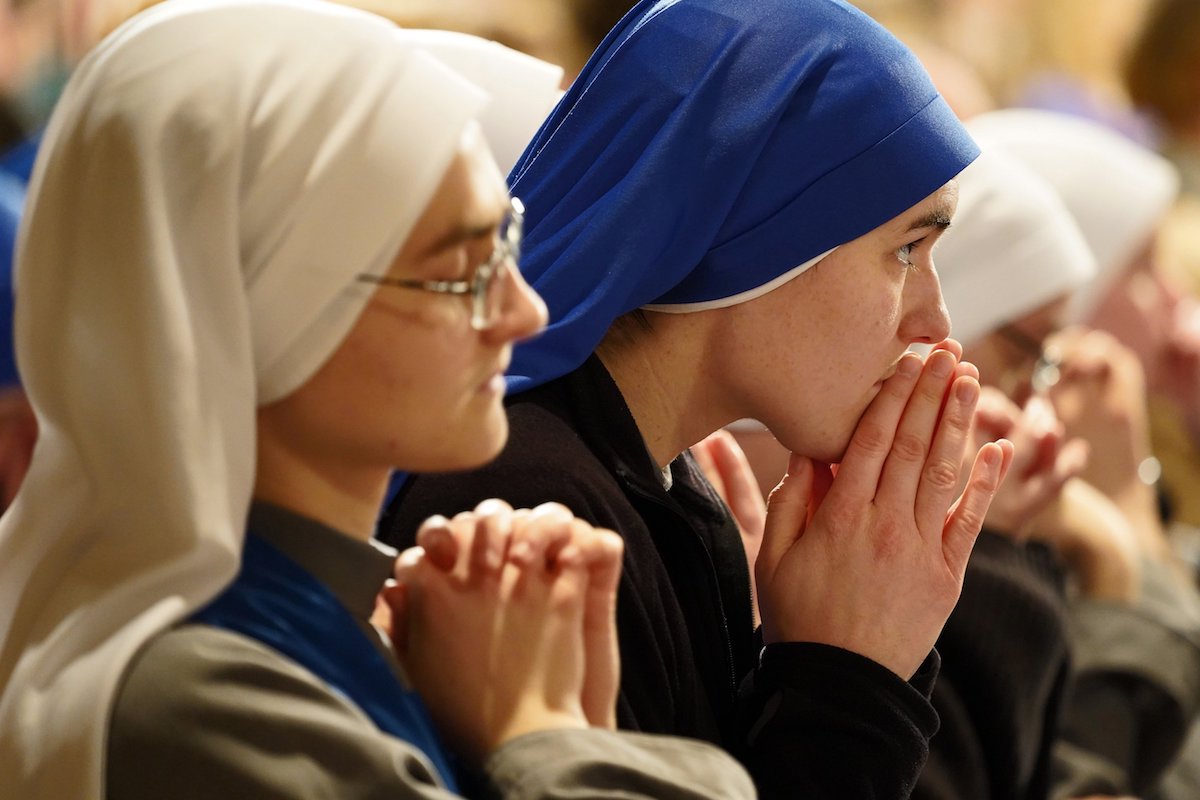
What is an Institute of Consecrated Life? An Institute of Consecrated Life is a community within the Catholic Church where members take vows of poverty, chastity, and obedience. These institutes can be either religious orders or secular institutes. Members dedicate their lives to spiritual growth, communal living, and service to others. They often engage in various ministries such as education, healthcare, and social work. The goal is to live a life that reflects the teachings of Jesus Christ. Institutes of Consecrated Life play a significant role in the Church's mission, offering a unique way for individuals to commit themselves fully to their faith and the service of humanity.
What is an Institute of Consecrated Life?
An Institute of Consecrated Life is a community within the Catholic Church where members take vows of poverty, chastity, and obedience. These institutes are dedicated to living a life of holiness and service.
-
Types of Institutes: There are two main types: religious institutes and secular institutes. Religious institutes include monks and nuns, while secular institutes involve laypeople living in the world but following the evangelical counsels.
-
Evangelical Counsels: Members commit to the evangelical counsels of poverty, chastity, and obedience. This means they live simply, remain celibate, and follow the directives of their superiors.
Historical Background
The concept of consecrated life has deep historical roots, evolving over centuries to its current form.
-
Early Beginnings: The idea dates back to the early Christian communities where individuals sought to live a life dedicated to God.
-
Monasticism: In the 3rd and 4th centuries, monasticism began with figures like St. Anthony of Egypt, who lived as hermits in the desert.
-
Medieval Growth: During the Middle Ages, many religious orders like the Benedictines and Franciscans were founded, expanding the concept of consecrated life.
Purpose and Mission
Institutes of consecrated life have specific missions and purposes that guide their activities and way of living.
-
Spiritual Growth: The primary purpose is to grow in holiness and deepen one's relationship with God.
-
Service to Others: Many institutes focus on serving the poor, educating the young, or providing healthcare.
-
Evangelization: Spreading the Christian faith is a key mission for many institutes.
Structure and Governance
The way these institutes are organized and governed ensures they function smoothly and stay true to their mission.
-
Rule of Life: Each institute follows a specific rule of life, such as the Rule of St. Benedict, which outlines how members should live and work.
-
Superiors: Institutes are led by superiors who are elected by the members. They ensure the rules are followed and the mission is carried out.
-
Community Life: Members often live in community, sharing resources and supporting each other in their spiritual journey.
Vows and Commitments
Taking vows is a significant aspect of joining an institute of consecrated life.
-
Poverty: Members give up personal ownership of material goods, living simply and sharing resources.
-
Chastity: They commit to celibacy, dedicating their love and energy to God and their community.
-
Obedience: Members follow the directives of their superiors, trusting that this will lead them closer to God.
Modern-Day Institutes
Today, institutes of consecrated life continue to play a vital role in the Church and society.
-
Diverse Ministries: Modern institutes engage in a wide range of activities, from education and healthcare to social justice and environmental conservation.
-
Global Presence: Institutes are found all over the world, adapting to different cultures and needs.
-
Lay Participation: Some institutes include lay associates who share in the mission without taking formal vows.
Challenges and Adaptations
Institutes of consecrated life face various challenges but also adapt to changing times.
-
Aging Membership: Many institutes have an aging membership, leading to concerns about sustainability.
-
Cultural Shifts: Changing societal values can make it challenging to attract new members.
-
Innovation: Despite challenges, many institutes are finding innovative ways to continue their mission, such as using technology for evangelization and community building.
Final Thoughts on the Institute of Consecrated Life
The Institute of Consecrated Life plays a vital role in the Catholic Church. These institutes, whether religious orders or secular institutes, offer members a unique way to live out their faith. They commit to vows of poverty, chastity, and obedience, dedicating their lives to service and prayer. Members often work in education, healthcare, and social services, making significant contributions to society. Understanding these institutes helps appreciate their impact on both the Church and the wider community. Their dedication and commitment serve as an inspiration, reminding us of the diverse ways people can live out their faith and make a difference in the world. Whether you're deeply religious or just curious, learning about these institutes offers valuable insights into a unique way of life.
Was this page helpful?
Our commitment to delivering trustworthy and engaging content is at the heart of what we do. Each fact on our site is contributed by real users like you, bringing a wealth of diverse insights and information. To ensure the highest standards of accuracy and reliability, our dedicated editors meticulously review each submission. This process guarantees that the facts we share are not only fascinating but also credible. Trust in our commitment to quality and authenticity as you explore and learn with us.


